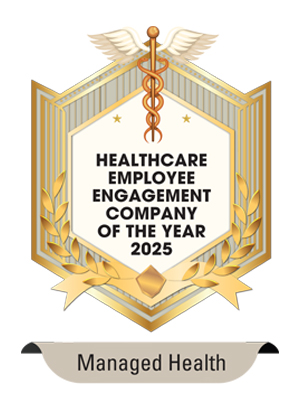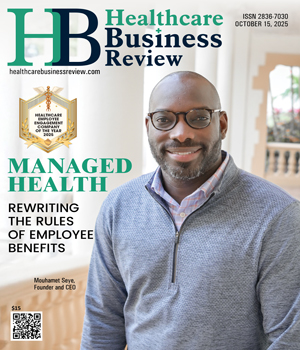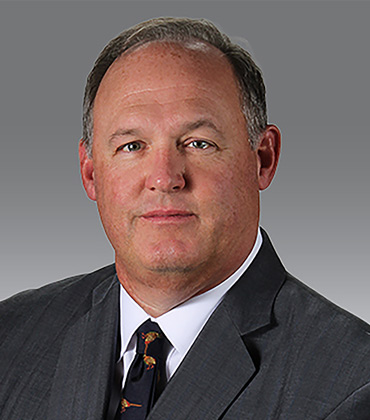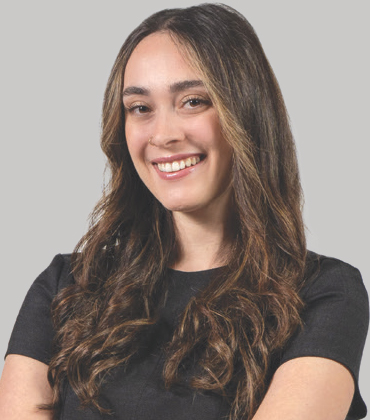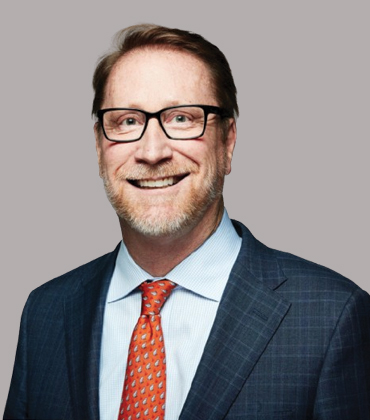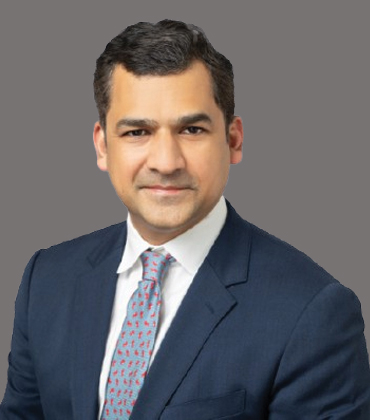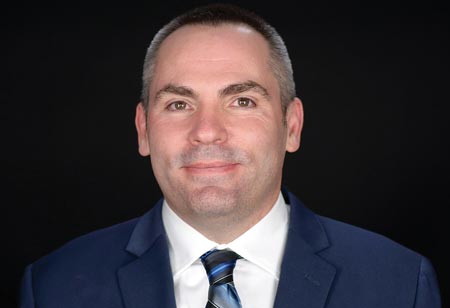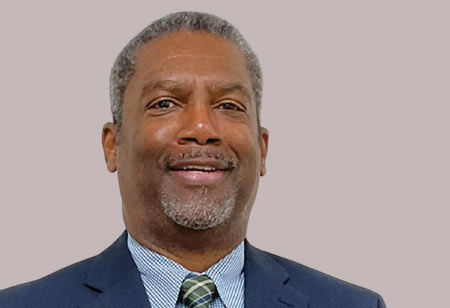Thank you for Subscribing to Healthcare Business Review Weekly Brief
Employee benefits are often touted as a key driver of workplace satisfaction, talent retention, and overall organizational success. However, businesses today find themselves at a crossroads, where employee benefits are increasingly expensive to maintain, while employee engagement with these benefits seems to be on the decline. Managed Health, a forward-thinking healthcare provider, is pioneering a shift in this dynamic by offering a comprehensive program that prioritizes affordability, accessibility, and proactive care. By focusing on both employers and employees as key stakeholders, the company provides a flexible, tailored approach to meet the unique needs of diverse workforces. At the helm of Managed Health are Mouhamet Seye, the founder and CEO, and Muriel Sherwood, the COO. Together, they have built a company that aims to reduce healthcare costs and enhance employee engagement by making healthcare benefits more understandable and easier to navigate. A New Model for Healthcare Engagement One of the main challenges Managed Health sets out to tackle is the widespread disengagement many employees have with their health insurance benefits. Studies have shown that about 50 percent of working Americans who have access to employer-sponsored healthcare benefits opt not to use them. This lack of engagement is often driven by the high costs associated with healthcare, both for employers and employees. The problem becomes even more pronounced for those who are underinsured, uninsured, or who face high out-of-pocket costs despite having insurance coverage. Managed Health’s solution is a model that eliminates financial barriers to essential healthcare services by offering a program that costs employees nothing out of pocket for core services. “We believe the key to improving healthcare engagement lies in making it affordable and accessible. Both the employer and employee stand to benefit from tax savings, while employees can access comprehensive healthcare without the worry of high co-pays or premiums,” says Seye. The company’s offering includes free access to primary care, urgent care, specialist visits, and virtual healthcare, all at no additional cost to the employee.
Telemedicine Services of the Year 2025
Backed by 30 years of industry experience, it is remodeling clinician-to-clinician telemedicine by operating as a virtual hospital. Positioned at the intersection of technology and care delivery, Avel eCare helps healthcare facilities reimagine patient services and improve operational efficiency. “Our clinicians can work from anywhere in the world. We have no bounds to how we can provide care,” says Doug Duskin, CEO. That vision comes to life through its proprietary platform, eSync, which embeds virtual physicians directly into onsite care teams. It fosters real-time collaboration that enhances clinical decision-making, eases staff workload and ensures timely, high-quality patient care. eSync also tracks key performance metrics against benchmarks to reinforce a culture of quality and ensure consistent care delivery. Powering this model is a multi-disciplinary team, including accredited physicians spanning multiple specialties, nurses, paramedics, specialists, social workers and more. They ensure on-demand, around-the-clock access to care, whether it’s during the first hour of an emergency in an ambulance or behavioral health support in a rural school. In a recent study, Avel eCare’s average response time in the emergency department was just 11 seconds from when a request is made to a board-certified nurse or physician appearing on screen. This always-on expertise translates into faster, better patient outcomes. Setting Avel eCare apart is its clinical breadth that allows it to go beyond a point solution to deliver comprehensive virtual care. Hospitals, health systems and government agencies get a single partner that can meet multiple clinical needs across departments and geographies.
Top MSK Ultrasound Guided Injection Training Course Service 2025
In medical education, hands-on experience with real patients makes the difference between knowledge that sticks and training that’s quickly forgotten. R3 Medical Training is changing the way care providers obtain certifications through an experiential learning model, where attendees are immersed in vital education with hands-on experience and interaction. Unlike many programs that rely on cadavers or artificial models for MSK injection training, R3 provides access to real patients and the chance to perform live, supervised ultrasound-guided procedures. Its CME-accredited courses include aesthetics, stem cells and exosomes, thread lift procedures and musculoskeletal (MSK) ultrasound-guided injection training. “Working with real model patients exposes learners to diverse body structures and anatomical variations. This diversity helps them observe and adapt to the subtle differences they’ll encounter in actual clinical practice,” says Samantha Brechner, president. R3’s investment in the intelligent ultrasound needle trainer system prioritizes patient safety while maintaining realistic training. The device features a retractable needle that withdraws into its casing upon skin contact, while the ultrasound display shows the precise needle trajectory into the joint as it would appear in an actual procedure. Its programs are led by highly experienced trainers. R3’s head trainer, Richard Kates, is known for blending technical instructions with real-life anecdotes, making complex techniques easier to recall. Training is conducted at three different locations in the U.S., including Beverly Hills, California, Scottsdale, Arizona and Nashville, Tennessee. R3’s ‘see one, do one, get one’ motto is layered into its program. Each provider is given a chance to observe at least one procedure, perform one under supervision and the opportunity to receive one if they volunteer. The course attracts a diverse range of practitioners, including RNs, NPs, MDs, DOs, NMDs, and DCs. The two-day MSK Ultrasound Guided Joint Injection course is fully accredited and offers 16 CME credits spread equally over the two days. These credits can be applied toward license renewal requirements and continuing professional development, and may qualify participants for malpractice insurance discounts.
Top Dental Insurance Company 2025
There is something quietly remarkable about United Concordia Dental. On the surface, it is a national dental carrier serving over 10 million members, with customers including small and large employers, dentists, government clients and strategic partners, like health insurance plans. Yet the company’s true strength is not in its size but in its people. Years of dedication have shaped a team defined by trust, collaboration, and a foundation of kindness and respect. Many employees have built their careers within the company, carrying a deep understanding of its values and mission. This culture influences every interaction and offering, creating a thoughtful and intentional experience for customers. The company understands that each customer is unique, with their own specific needs and priorities. By investing time in listening and understanding these differences, United Concordia enables its team to more authentically connect with those it serves and better tailor solutions that deliver real value. For instance, when producers highlighted the need for simpler benefit administration, United Concordia invested in technology that streamlined enrollment. Every improvement grows from this feedback cycle, insight and adaptation, helping the company stay aligned with evolving expectations. “We are invested in our customers’ success, working collaboratively to help them grow and achieve their goals,” says Edward Shellard, DMD, president and CEO of United Concordia. EXPERT-LED INNOVATION IN DENTAL BENEFITS United Concordia brings together deep industry expertise, dentist-led leadership and a strategic focus on improving health outcomes. With over 50 years of experience in the dental benefits landscape, the company is uniquely positioned to bridge clinical insight with outcomes-focused products and services. The president and CEO and chief dental officer are licensed dentists who draw on decades of patient care experience to develop evidence-based solutions that support the dental network and enhance the customer experience.
Complex Chronic Solutions Provider of the Year 2025
True progress in chronic care starts when treatment accounts for a patient’s full medical history and the real-world factors that shape their health, not just their symptoms. Monogram Health brings that philosophy to life through a holistic, home-based model that integrates medical, social and environmental insights to treat the whole person. As the only multispecialty provider in the U.S. delivering in-home care specifically focused on polychronic disease, it brings together nephrologists, endocrinologists, pulmonologists, cardiologists, pharmacists, dietitians, social workers and other specialists to deliver integrated care, tailored to each patient. This approach proactively manages all conditions from the impact of others, such as diabetes, hypertension, heart failure and COPD. Rather than treating these conditions in silos, Monogram ensures that care plans are clinically aligned across conditions and socially informed, bridging gaps in access to care caused by limited health literacy, transportation challenges, or unstable housing. Care begins with a comprehensive intake process that goes beyond lab results. Most patients enroll following a health event or new diagnosis. In addition to clinical intake, Monogram’s personalized assessments also gather critical information on diet, living conditions and caregiver support. These insights are captured and coordinated through a proprietary digital platform, enabling care teams to create highly personalized plans that reflect a patient’s clinical status and daily realities. “We’re on their turf, in their home, seeing them under their circumstances where their comfort levels are the highest and trust can be established, rather than a clinic or facility,” says Dr. Shaminder Gupta, chief medical officer. Dr. Gupta’s vision is shaped by deep clinical experience. As one of Monogram’s founding leaders, he remains closely involved in shaping the care model, working alongside a team of clinicians who have seen firsthand where traditional systems fall short. Their leadership ensures Monogram remains grounded in clinical excellence and responsive to real-world needs. When Care is Connected, Outcomes Follow Rendering care in 36 states, Monogram delivers measurable outcomes for patients and partners by lowering the number of hospitalizations and ER visits while helping reduce the overall cost of care. But for families, the most meaningful impact is the personalized care that meets them where and how they live.
CXO INSIGHTS
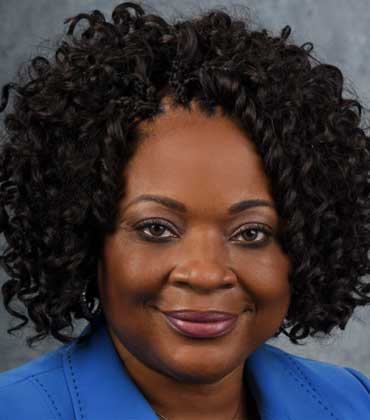
Optimizing Employee Engagement during the Pandemic
Pat Jackson, Director, Patient Experience & Advocacy, Huntsville Hospital
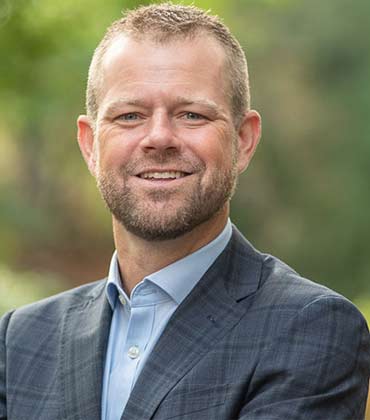
How can Medicare Advantage better serve seniors?
Dave Olson , Senior Vice President, Medicare Advantage & Network, DentaQuest
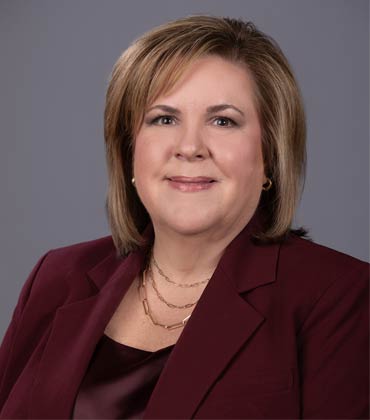
Investing in Robotics Benefits Patients, Health Systems
Jennifer Smith, MSN, ACNS-BC, CPHQ, Director of Service Line Performance Orthopedic and Neurosurgery Service Line, Virtua Health
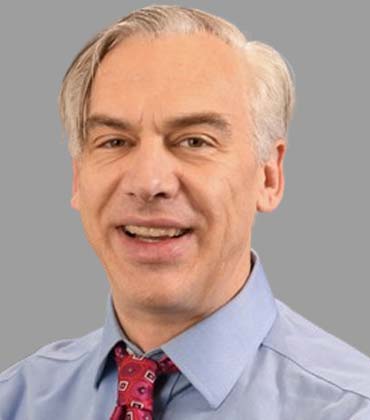
Rethinking Chronic Pain Management
Shorin Nemeth, Pain Management Physician, Legacy Health
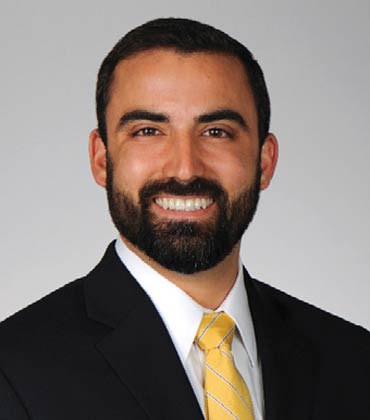
Effectively Implementing Telehealth Medicine
Peter Gardella, Director of Telehealth Operations and Nursing, Medical University of South Carolina
IN FOCUS
EDITORIAL
Smart, Integrated Solutions Elevating Healthcare Delivery
Healthcare today is defined by convergence, where advanced care solutions, professional training, insurance access, virtual services and workforce engagement come together to create systems that are both efficient and compassionate. The result is a more connected, resilient and patient-focused ecosystem. Complex chronic disease solutions providers are harnessing data-driven care pathways and multidisciplinary coordination to improve outcomes for patients with long-term conditions while lowering costs. Alongside, musculoskeletal (MSK) ultrasound-guided injection training services are equipping clinicians with precision skills that raise standards of musculoskeletal care worldwide. Dental insurance companies are expanding preventive and restorative coverage, supported by streamlined digital claims that make oral care more accessible and integrated into overall health planning. Meanwhile, telemedicine services are transforming access, offering timely virtual consultations and remote monitoring that bridge geographic and specialty gaps. Equally vital is healthcare employee engagement. Advanced platforms, well-being programs and real-time feedback are helping combat burnout and sustain workforce morale. By focusing on the caregiver as much as the patient, organizations are ensuring long-term resilience for their care delivery systems. This edition of Healthcare Business Review explores how integrated chronic care, MSK ultrasound training, dental insurance, telemedicine services and healthcare employee engagement solutions providers are redefining what it means to deliver care. It features thought leadership from healthcare experts, including Pat Jackson, director of patient experience and advocacy at Huntsville Hospital. She shares strategies to optimize healthcare employee engagement and boost morale through targeted programs and inclusive recognition practices. Jennifer Smith, director of service line performance orthopedic and neurosurgery service line at Virtua Health, explains how investing in robotic-assisted surgery enhances precision and operational efficiency. The edition also features Managed Health, a leader in modern employee healthcare benefits. The company combines AI-powered navigation and wellness programs to simplify healthcare access. We hope this edition helps you discover innovative healthcare solutions that improve patient outcomes and support healthcare professionals to strengthen the overall care delivery mechanism.


